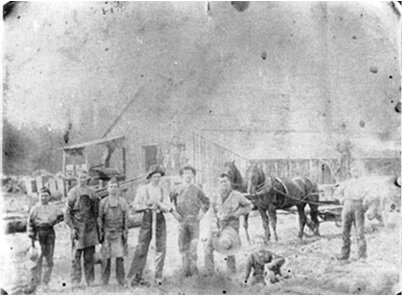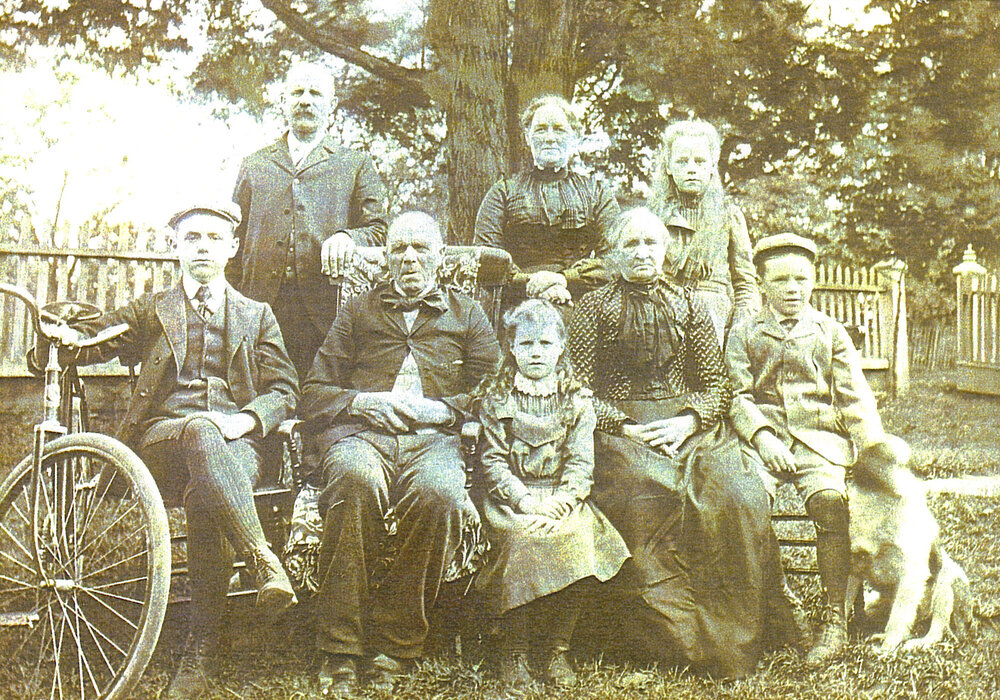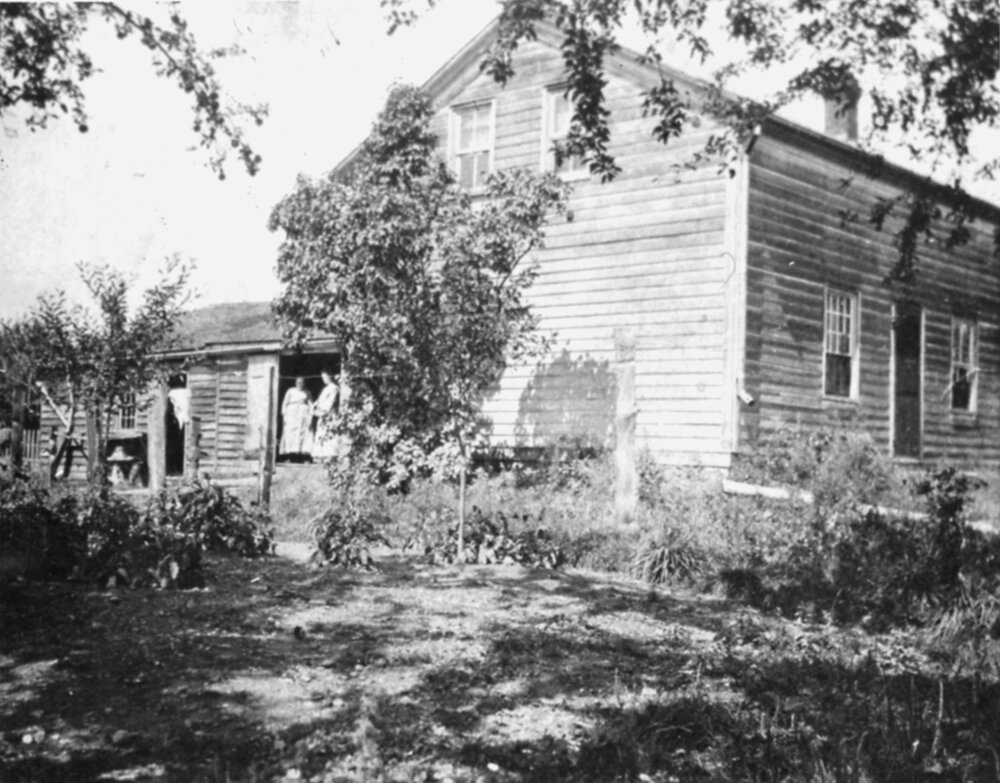Before Christmas we received an inquiry asking about the name origin of Sawmill Creek. The answer is a fascinating look at local history, and how place names remain on our landscape from many years ago.
In short, the creek takes its name from being the source of power for a sawmill, or possibly two sawmills. Given the name of the creek, that is hardly surprising I realize, and there is no visible reminder on our landscape today of this bygone industry. One mill was located north of Dundas Street and on the west side of Mississauga Road. The other mill was located south of Dundas Street, and on the east side of Mississauga Road.
The exact location of the mills, however, is now lost, as much of the southern part of the creek has been channelized, and its original course south of Dundas Street has been completely altered, removing any physical trace of these early mills. Also, the mills were likely simple wooden structures themselves, and were relatively short-lived.
Here is their story, as best we know:
John Carey acquired the 100 acre property on the north side of Dundas Street and stretching along what is now Mississauga Road in 1837. In 1846 he was operating a brewery.
A brewery needs a supply of fresh water, so it is possible that the creek provided that source of water, and that therefore the brewery may have been in close proximity to the creek itself. The location of the brewery is not known.
John Carey died in 1851, and the property passed through his daughter, Catherine, to her husband, George Crozier (1811-1892). In an 1857-58 directory, George was listed as a lumber dealer, and in partnership with Samuel Moor, he operated a sawmill. While the exact location is not known for certain, it is believed to have been located a short distance to the north of where The Collegeway intersects with Mississauga Road today. A former nearby resident, Mr. Hugh O’Neil (1913-2006), made reference to the old sawmill location on the Harkiss property and what he called “Maple Hill” and “Sawmill Hill”, just north of The Collegeway along Mississauga Road.
But back to the story of the mill itself: for a short period of time, the mill seems to have been quite a busy operation.
The Crozier sawmill is referenced in “Erindale: The Pretty Little Village” by Verna Mae Weeks: “as many as fifteen teams of oxen were sometimes being used to haul sleigh loads of logs to the river bank by the mill.”

By 1865 the mill was leased to John Baker, who operated it as a lath and shingle mill. In 1877, George Crozier sold several small lots along Mississauga, including one to John Harkes (Harkis), who was a carpenter and cabinet maker.

Nearby Harkiss Road gets its name association from John Sackville Harkes/Harkis (1837-1910). By that time, George Crozier was listed as a farmer, and we have no further information on the sawmill.
The Crozier sawmill seems to have been in operation between about 1854 and c1870, although it may have been repurposed by John Harkes/Harkis.
Contemporary with the Crozier sawmill, or perhaps slightly earlier, another sawmill was operating on the south side of Dundas Street, near where Sawmill Creek once joined the Credit River (this location is no longer evident on the landscape and the course of the creek has been greatly altered over time).
Henry McGill (1819-1893) owned the property south of Dundas Street between 1835 and 1885, and he established his own sawmill. A mill, operating in partnership between Henry McGill and W. Fletcher, is vaguely shown to the south of Dundas Street in the 1859 Tremaine Map of Peel County. In Fuller’s 1866-1867 Directory, Henry McGill is listed as a lumber merchant. This is the only information we have found so far on this mill, and no further information has been located on the mill after 1867.
Neither the Crozier Sawmill nor the McGill Sawmill appear in the 1877 Historical Atlas of Peel County, suggesting that both were no longer operating as mills by that time. And we only have one vague picture showing the Crozier sawmill.
There is an element of the unknown here in terms of location and story. We know that sawmills did operate along course of Sawmill Creek, but their exact locations and dates remain elusive.
As personal note that connects with this story: Henry McGill lived in Erindale Village (formerly Springfield) along what was then known as the Second Forty Foot Road (now Mindemoya Road). In 1968, my own parents purchased the former McGill house, and I was born and raised in the house where Henry and his wife Elizabeth lived for a time, over a century before.

https://www.modernmississauga.com/main/2021/1/6/the-history-of-mississaugas-sawmill-creek




Comments are closed.